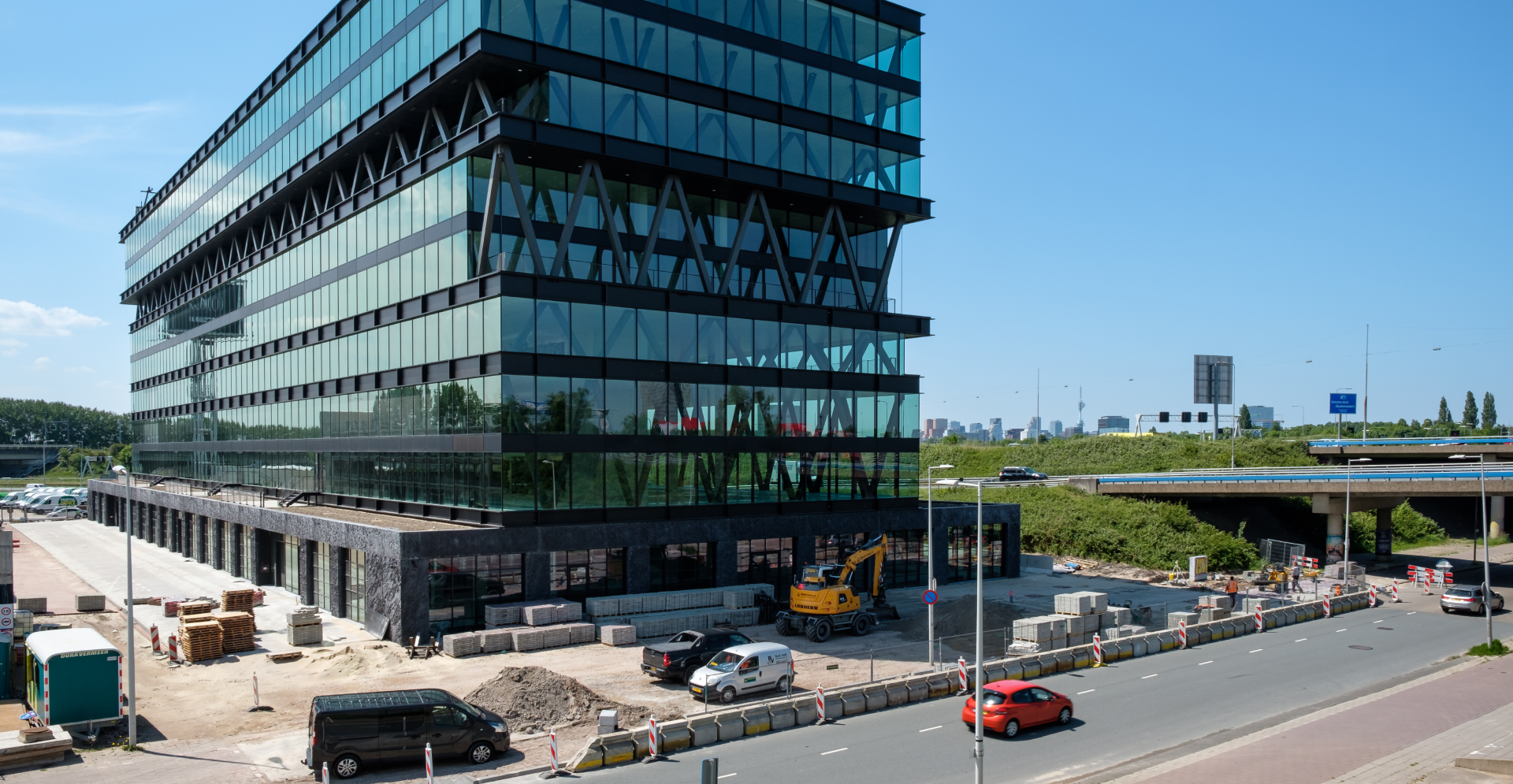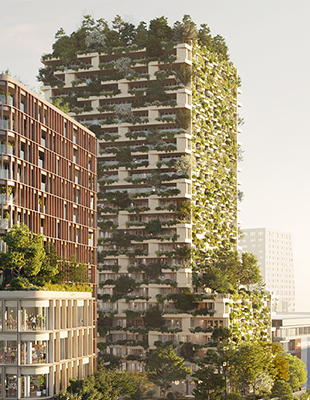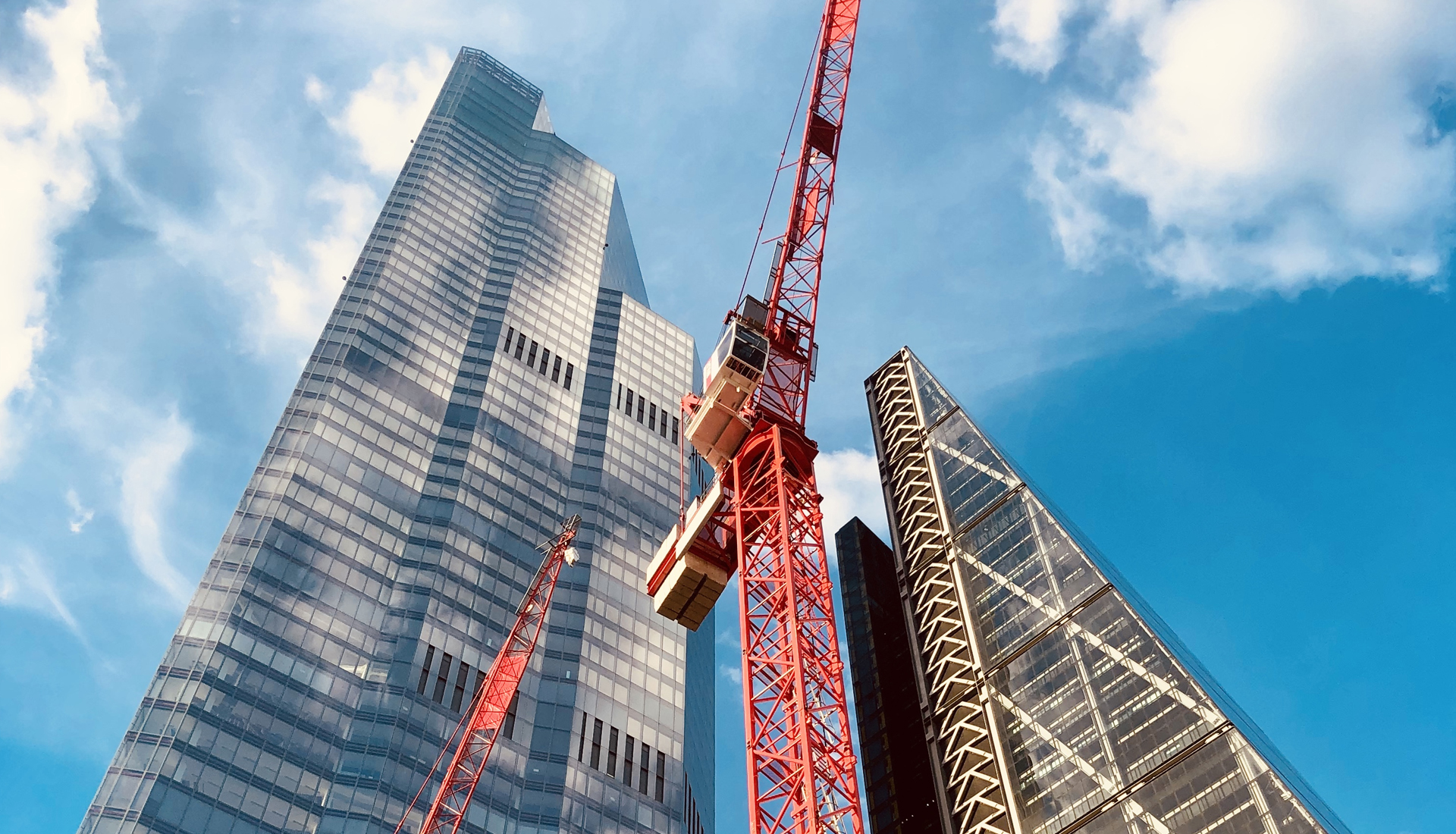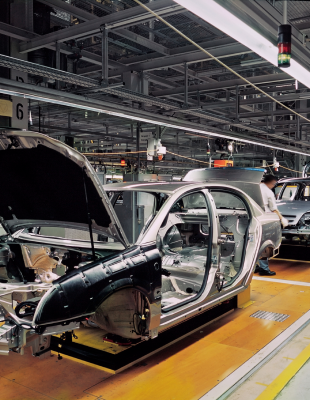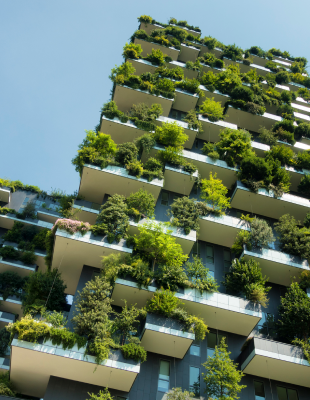Table of Contents
The challenge
To create a groundbreaking office building which has a low impact on the environment, and real benefits for the people who work there.
83.17%
What if a workplace could adapt meaningfully to the businesses and employees that use it? Project Developer, Being Developments, had high hopes for their latest project: a large multi-tenant office building situated in a busy spot near multiple transport hubs in Amsterdam. The Joan building had to be a dynamic, nurturing home for a variety of creative and innovative tenants, not only today, but for years to come. As sustainability consultants, our task was to help choose the best materials and design features to achieve this, while ensuring the building would sit comfortably in its environment with minimal impact.
The solution
a large range of sustainable design features, low carbon materials and operational approaches came together make a unique, sustainable and beautiful workspace.
24,000 sqm
A huge array of clever features came together to make The Joan a trailblazing example for new office developments.
From an energy point of view, The Joan runs as much as possible on renewable energy generated on site via solar panels and Aquifer Thermal Energy Storage (a system which harnesses heat from under the ground via wells and pumps). A living roof – made up of moss also dramatically improves thermal performance, helping to keep energy needs low, and simultaneously purifying rainwater and minimising the runoff – reducing the amount that ends up in the sewers.
Materials were chosen carefully and responsibly, for example, all wood is FSC certified. Where possible, recycled material was integrated, excess or unused material onsite was minimized, and the small amount that was generated in the build was recycled. There are also composting facilities to minimize the amount of waste produced by the building in full operation.
-
READ MORE
Constant monitoring will ensure continual improvements and adaptations can be made to maximize efficiency over the coming years, and water automatically shuts off in empty bathrooms to avoid accidental wastage. Lighting and heating automatically adapts to the needs of the building’s inhabitants at any one moment, and the air exchange adapts to the amount of CO2 in the room. Energy efficient, pollution-reducing features like these are also central in promoting the comfort of inhabitants, and other design points like flexibility of layouts help ensure that the space can be moulded to the preferences of the people who use it.
Constant monitoring will ensure continual improvements and adaptations can be made to maximize efficiency over the coming years, and water automatically shuts off in empty bathrooms to avoid accidental wastage. Lighting and heating automatically adapts to the needs of the building’s inhabitants at any one moment, and the air exchange adapts to the amount of CO2 in the room. Energy efficient, pollution-reducing features like these are also central in promoting the comfort of inhabitants, and other design points like flexibility of layouts help ensure that the space can be moulded to the preferences of the people who use it.
The impact
One of the highest BREEAM-NL scores in Dutch real estate post-construction BREEAM certificates and a workplace that will adapt to its occupants, both today and for decades to come.
5%
All of this and much more contributes to The Joan’s success. From energy efficient lifts to rainwater being used to flush the toilets, every detail has the environment – and the occupant – firmly at the centre of the picture.
The result is an astounding 83.17% BREEAM-NL score, one of the highest ‘Excellent’ ratings ever achieved, and making it into the top three ranking buildings in the country.
Another marker of the building’s success is how well it fits in with the environment around it, both artificial and natural, thanks to the detail in the design phase. The land chosen was already being used, so no green space was sacrificed, and ecological features such as nesting boxes for bats and swallows were integrated as well as the living roof providing habitats for plants and insects. For workers, The Joan is easily accessible by road, but proximity to public transport and cycle friendly features like pathways and storage make greener travel much more attractive and realistic in comparison with many corporate workplaces not in city centres.
Not done reading?
This also might be interesting for you
- Related Projects
- Related Insights
- Related Blogs
